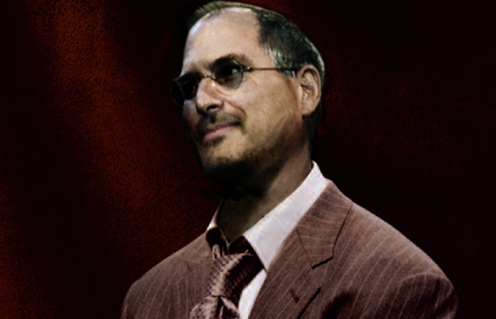By
Mark DiMassimo | 01/12/2018 | in
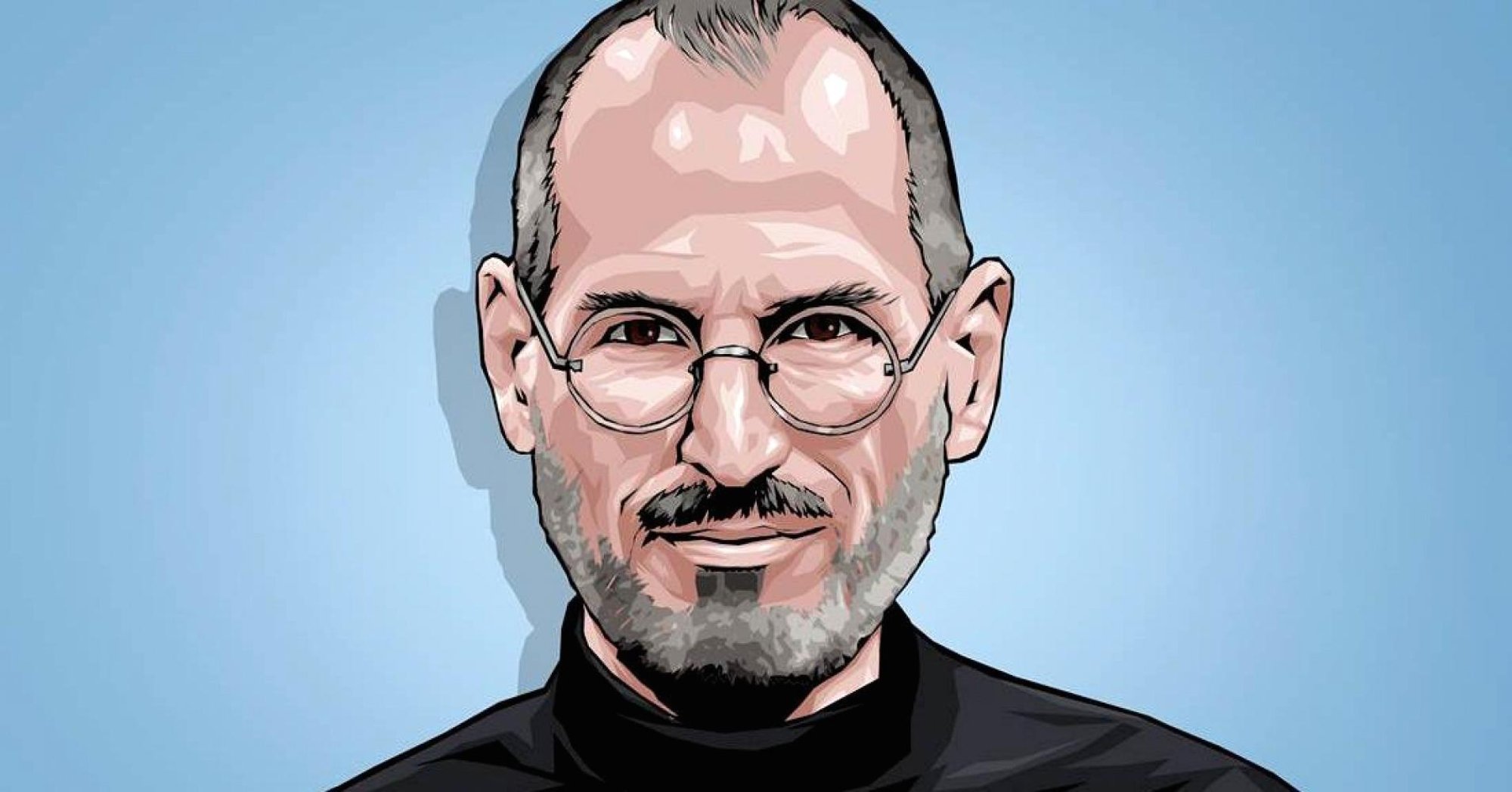
I love working for and with Founder/CEOs.
No doubt, this makes me an eccentric marketer and an odder ad guy, and casts extreme suspicion on my membership in the creative community.
Marketers are supposed to want to run their own empires – otherwise why spend all that money on a Harvard MBA and all that energy climbing the corporate ladder? Creative directors think the ideal client listens to their presentations, and then applauds. Ad agencies think their job is to please the target audience no matter what the client might think.
I’ve always hated that stuff.
You don’t let your target audience tell you what to be any more than you let your friends tell you who to be. There’s no integrity, surprise or life in that at all. Yet, in many places, it’s the norm.
And you don’t go to a dynamic, growing company – or a turnaround – to run a department like a fiefdom. You go there to be a key member of the CEO’s leadership team. You need that CEO to help you succeed even more than the CEO needs you.
I’ve always sought out clients with vision. Not rude or insulting, but laser focused, blunt, and as domineering about the brand as possible. Sometimes they are articulate. Sometimes they just know it when they see it. Either way, as long as there is really an “it” that will ultimately differentiate the brand in a world of bland, I’m in.
There will be twists and turns. I’ll hang in. I’m in it for the ride and because I believe in the destination.
As a marketing director or CMO, you are going to get the ride of your life working for a Founder CEO, and the twists and turns are no small part of it.
That inertia you feel is the marketing strategy hugging the road of a changing growth strategy. That’s a feeling you’ll rarely get in a big, lazy company.
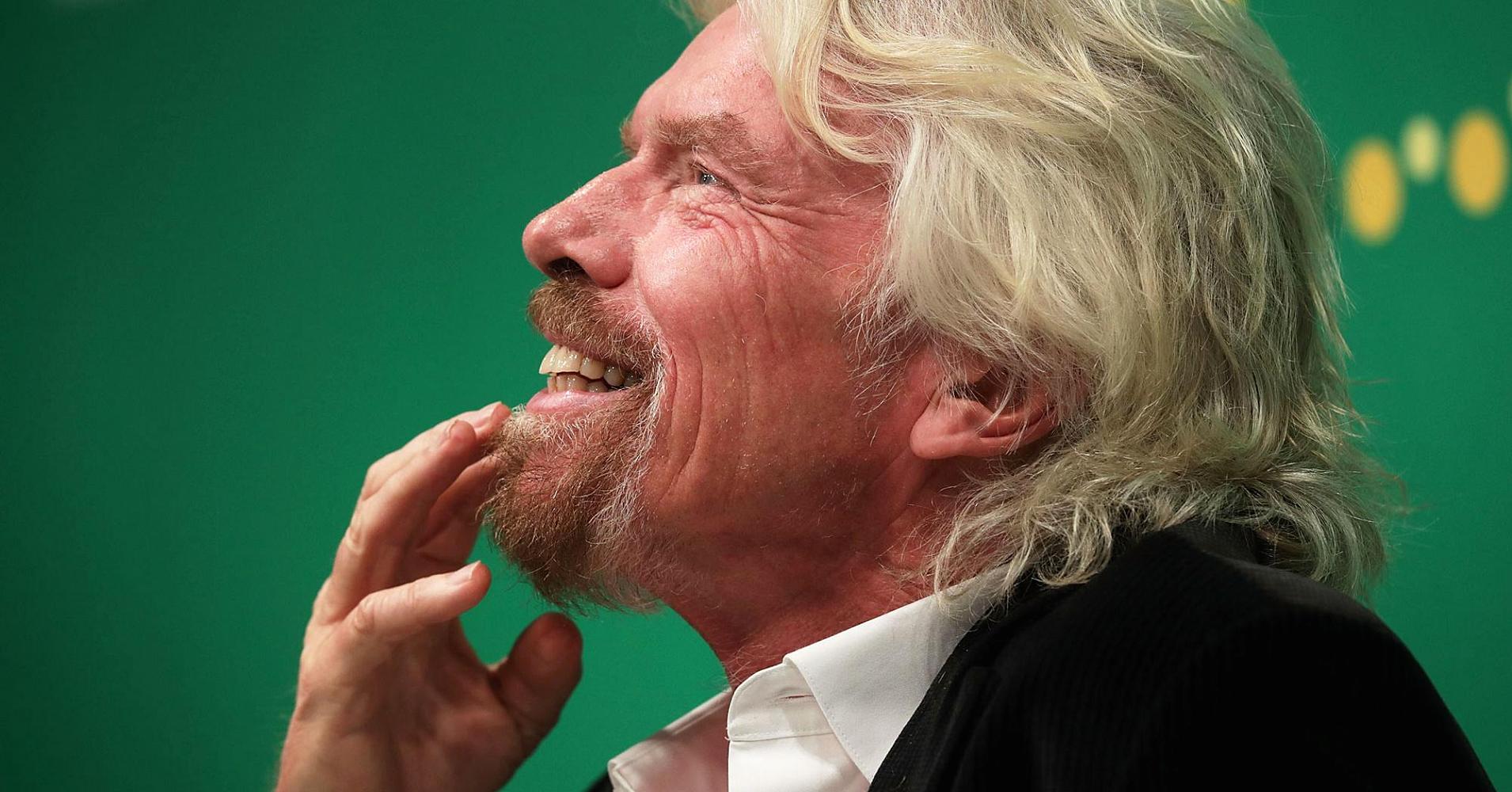
But if you care about getting to the destination, you’ve got to care about making all the right turns along the way.
It’s exhilarating. But it’s not for everyone. If you can deliver on the business results, if you can be resilient through the twists and turns, and if you can bring on partners who share your passion and resilience, you will become irreplaceable to your visionary leader.
You’ll play your best game along side stunning colleagues. These will be the days and years you’ll never forget.
If you want to make a mark in the world, this is the way. And I’ll see you at the weekly meeting with the Founder/CEO.
By
Mark DiMassimo | 05/27/2017 | in
The following post is an excerpt from Digital@Speed, authored by digital marketing guru Mark DiMassimo. Visit the official website here to download your free copy today.

Apple. Virgin. Southwest. JetBlue. Crunch. Snapple. Groupon. BlueFly. Zappos. The Motley Fool. What do these brands have in common? They’re challengers, and successful ones at that.
They’ve mastered the art of zagging where others have tended to zig. They’ve taken on the goliaths of their industries and come out on top. The truth is, it’s a challenging world out there, and every marketer these days needs to be a successful challenger or go down.
Market leadership doesn’t create an exception. Look at Citibank and IBM, for example. By becoming their own best competition, they’ve looked like ready challengers, reinvented their businesses and continued to grow.
Here’s what challengers do differently:
1) The top dog is INVOLVED. Intimately.
Some folks think the reason they got degrees and big titles was so that they could independently run their own empire. Some of these people are actually pretty smart. But nine times out of ten, this attitude will do them in.
A boss is not a meddler to be avoided. If you were playing chess, you wouldn’t leave your Queen in the background and try to fight it out endlessly with your lesser pieces. Or would you?
Forget the org chart. Every player on the board is on your team. Use them!
If you want to make things happen @speed, you want the least distance between you and your boss. And you want to access the power your boss has to smooth situations and to make good tactical decisions into great strategic initiatives. Plus, you want the power to change things that you’re not personally responsible for, because changing those things will make all the difference in your ability to create success. So, you bring your boss in as a collaborator and ally. As much as possible, you lead hand in hand. It’s the challenger’s way to use every last person.
2) The advertising conversation and the business conversation are THE SAME CONVERSATION.
Don’t separate what you’re doing from why you’re doing it, even for a moment. You never want to be the one saying, “But we failed with work that was on the strategy we were given!” That is a level of responsibility, but it’s the wrong level.
You want to be responsible for the success of the enterprise. You want the brand and business to reach its full potential. You want to use not just your authority but your influence. Because nothing beats being a part of something great and you don’t want to leave that to chance.
In this context, great advertising is advertising that works for the business and brand. It brings the business strategy to life. It creates the connection that reflects the intentions of the business while both suggesting and fulfilling its promise.
This is where experience meets selling meets branding.
3) The work is seen as the ultimate weapon for conquering the competition.
Where is the unfair advantage to be found? You are not in a position to outspend. You’re not going to break the law. Or trying to change it to favor you. But you can pack more power into the product, the packaging, the service, the story, the propaganda. You can be smarter about the technology, the testing strategy, more ingenious and industrious about the optimizations.
You can win it in the marketplace of ideas. So, do that.
4) The brand is seen as a precious asset and the ultimate defensive fortification against copycats and commoditisers.
Challengers build unique brands and they value them above all else. Customers are intensely loved, but they come and go. Employees are highly valued, but the sort who are attracted to a challenger business can only be held by a great brand. A unique culture and point of view is often the only thing to hold onto in the perfect storm of growth.
A brand is armor and a full tank of gas. A brand is everything. And you only need a business to build one!
5) The VISION of the top dog drives the advertising.
Steve Jobs met every other week for intensive sessions with Lee Clow, the creative chairman of his advertising agency. In the most successful challenger businesses, the vision for the brand and advertising comes from the top. No question about it.
That kind of courage and purity of vision can’t be bought. It can’t be outsourced. No committee could sustain it. For a business that has its founder to get the full advantage of that fact, the vision must be owned and driven from the top.
6) The vision of the agency and the vision of the client are complimentary and synergistic.
The mutual inspiration society should include client and agency, vigorous discussions, sharing inspiration, lots of choices, and plenty of going back to the well.
The most sophisticated team wins.
7) Decisions get made in meetings, not just in between.
In big, bloated bureaucracies, meetings only ratify decisions that are made elsewhere. Which is why most people in those places feel that there time is wasted in meetings. Because it is.
But you don’t have time to waste. So you’re not going to protect your own ego or anyone else’s by pretending for a second to agree with what you don’t. You’re going to have real conversations. In front of whoever is there. And when some people complain about that and they try to negotiate with you to stop the open, inclusive, challenging, passionate dialogue, you are going to say, “I understand how you feel. And, no. Absolutely not. Because that would be replacing occasional discomfort with the endless pain of mediocrity and failure. Which you wouldn’t tolerate for long… you’d be gone. So, no! Let’s just agree to be respectful to each other, to put the good of the work first, and to say exactly what is on our minds.”
By
Team DIGO | 05/09/2013 | in
I love working for and with Founder/CEOs.
No doubt, this makes me an eccentric marketer and an odder ad guy, and casts extreme suspicion on my membership in the creative community.
Marketers are supposed to want to run their own empires – otherwise why spend all that money on a Harvard MBA and all that energy climbing the corporate ladder? Creative directors think the ideal client listens to their presentations, and then applauds. Ad agencies think their job is to please the target audience no matter what the client might think.
(more…)
By
Team DIGO | 11/04/2011 | in
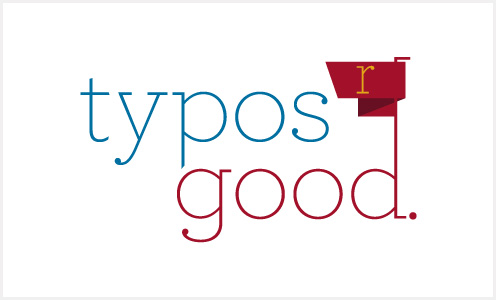
People in a hurry have to choose.
Choose a veneer of blamelessness. Or choose optimal progress.
It’s really that simple, and that difficult. Because people like to be blameless. They like to manage risk by trying to eliminate it. They want to appear all buttoned up, all the time. They don’t want be seen to fail, even in small ways on less important things.
But what if your choice is to risk failing on the small things versus a certainty of falling behind on the essential things? (more…)
By
Team DIGO | 11/05/2006 | in
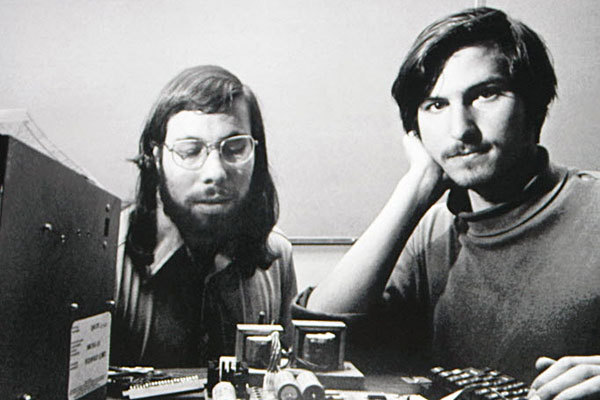
“Since founding Apple with engineer Stephen Wozniak, (Steve) Jobs has believed that small teams of top talent will outperform better-funded big ones. He has used the same approach at Pixar, where creative chief John Lasseter has led the way in creating blockbusters like Toy Story and Finding Nemo. Jobs also outsources far more selectively than his rivals. He’d rather have all his creatives working together than save a few bucks by outsourcing such work overseas.” — Business Week
Big ideas come from small teams. Brand building is no exception to the Jobs rule. It is, at its best, a small team activity. That’s why challengers worship the garage and the cocktail napkin, not the multinational conglomeration of bricks and mortar. The team that builds the brand can be the team that creates the advertising. It includes the client and a small, elite agency team. Its mode of operation is total collaboration. Its measure is always the mark, never the compromise. The brands of the future are being built this way.






